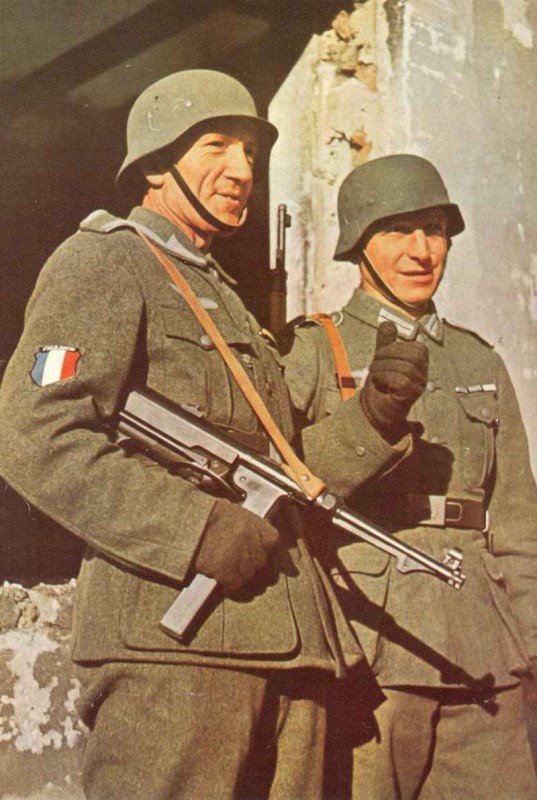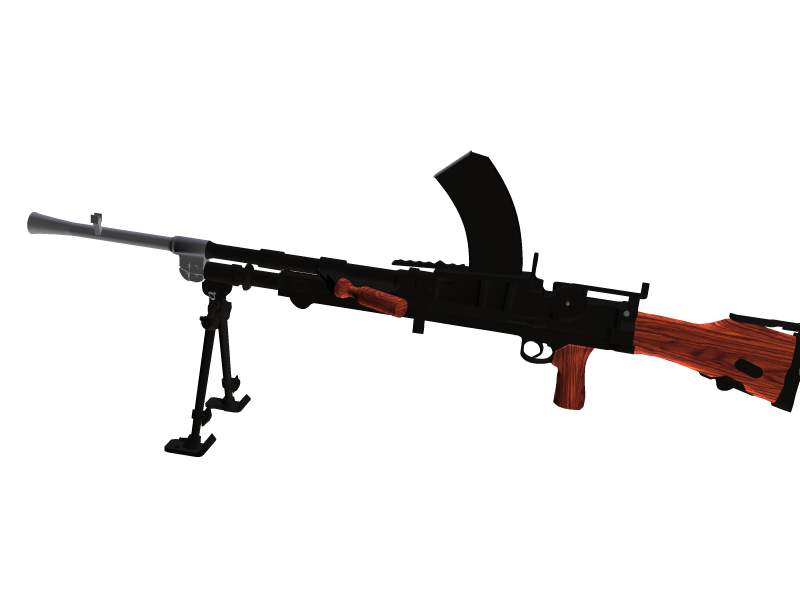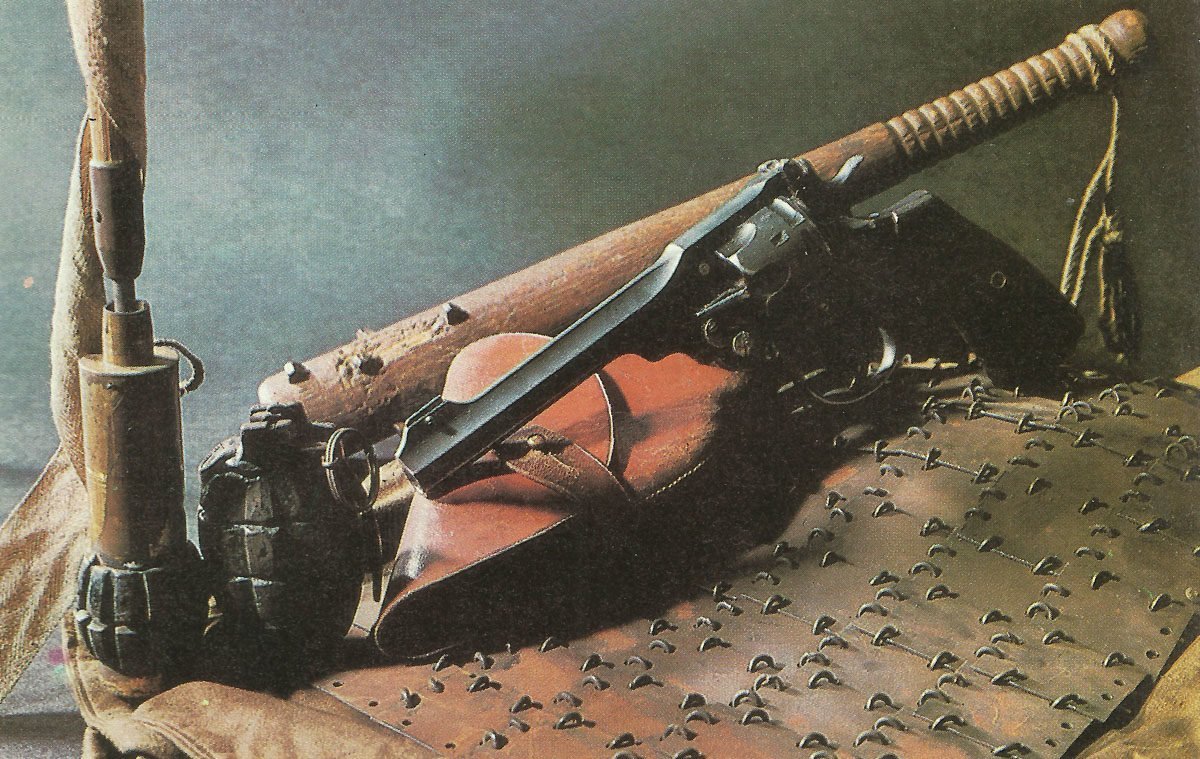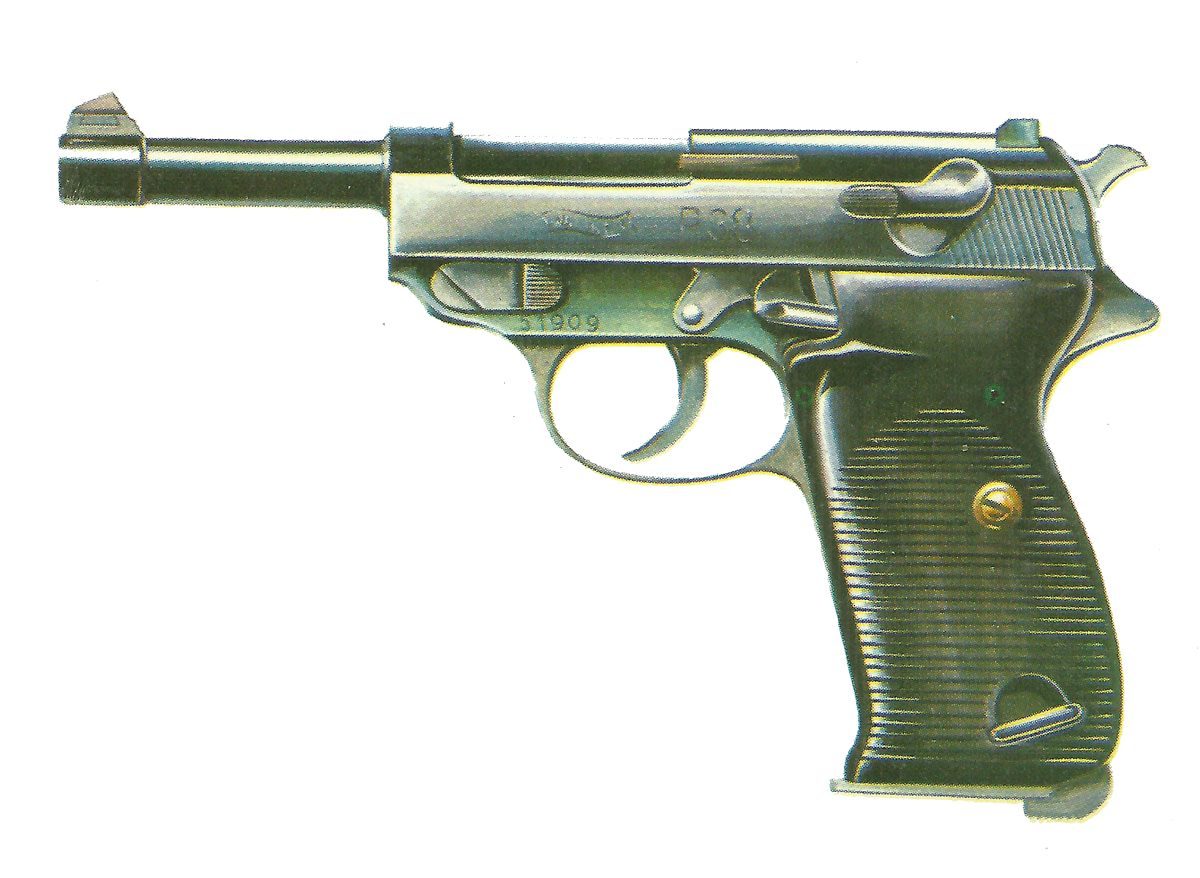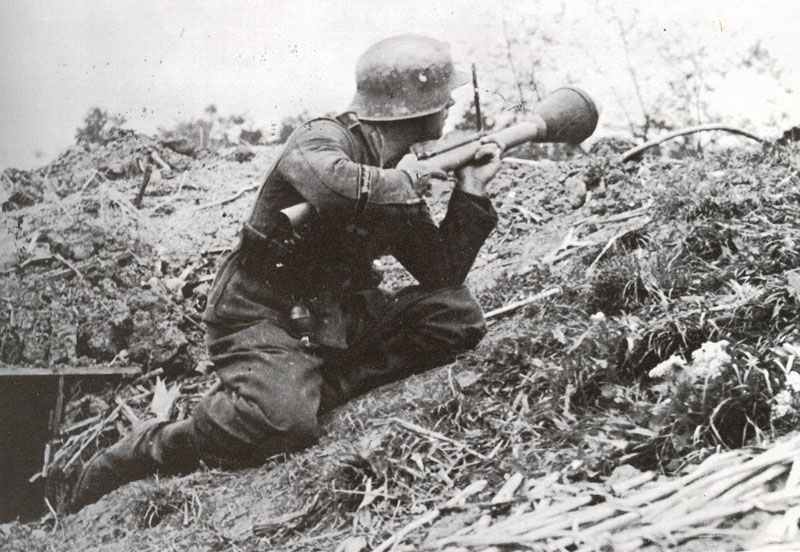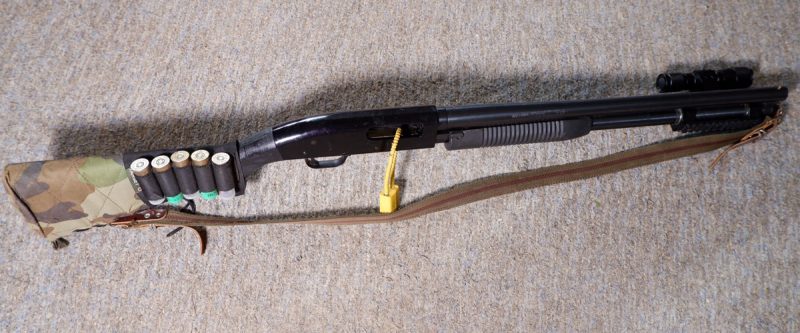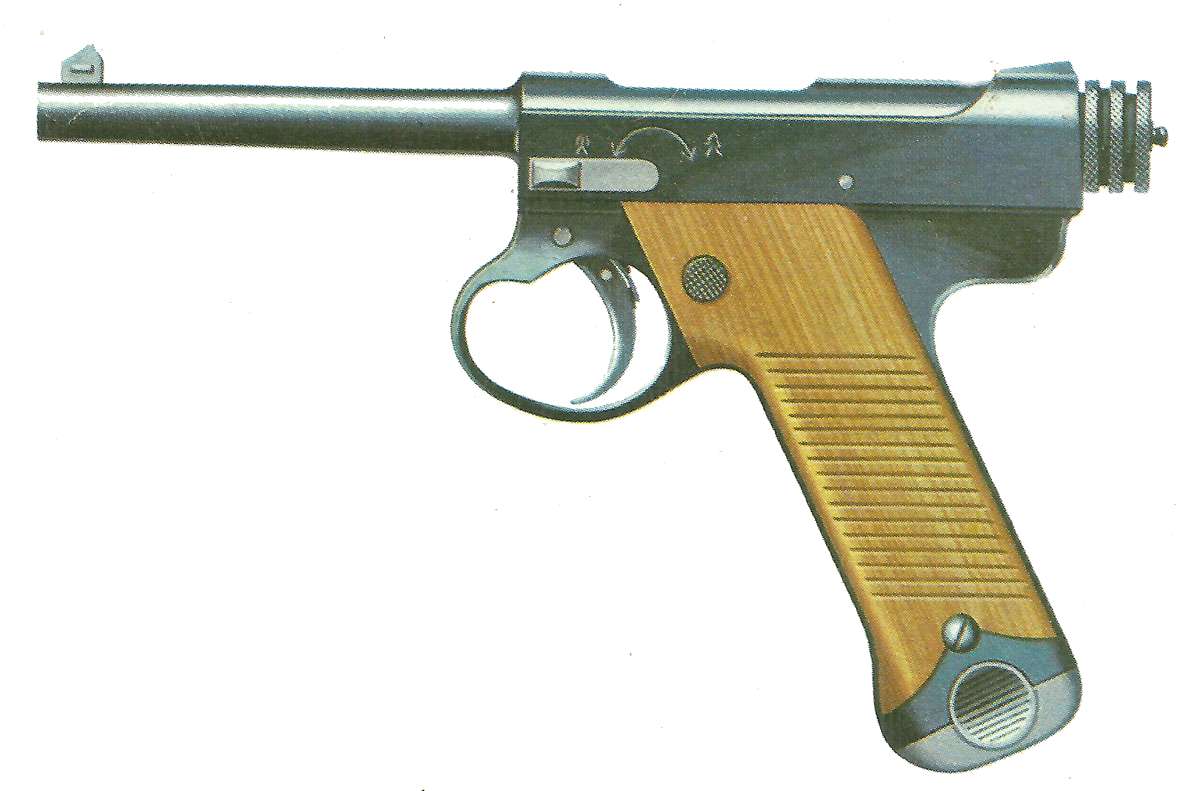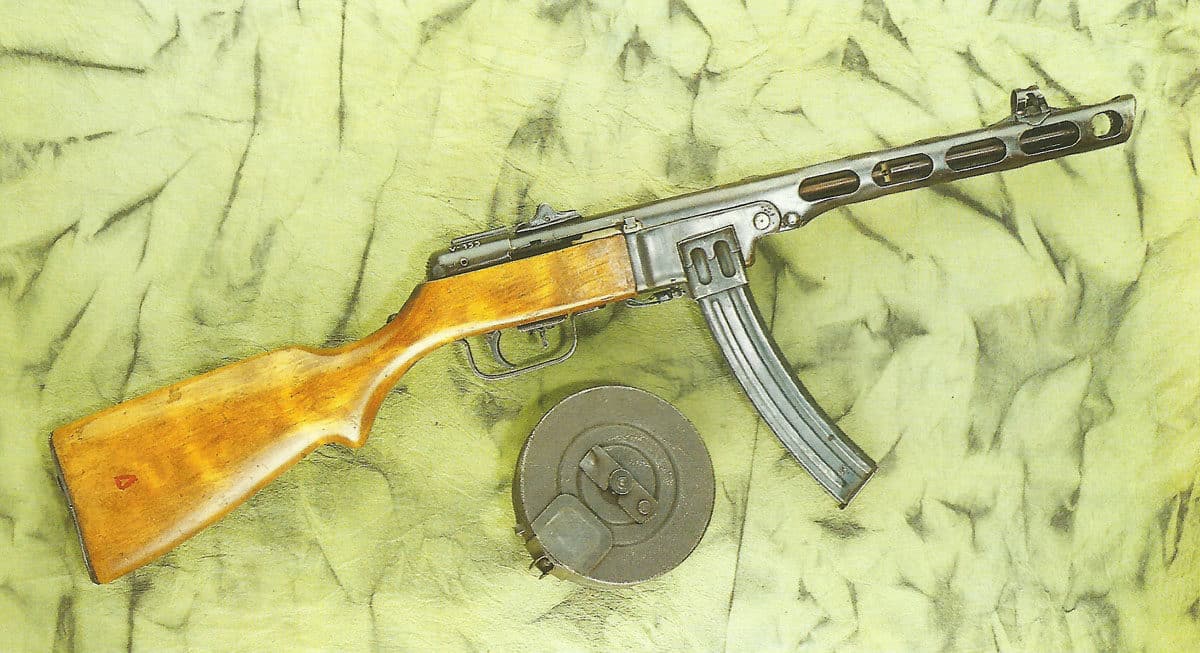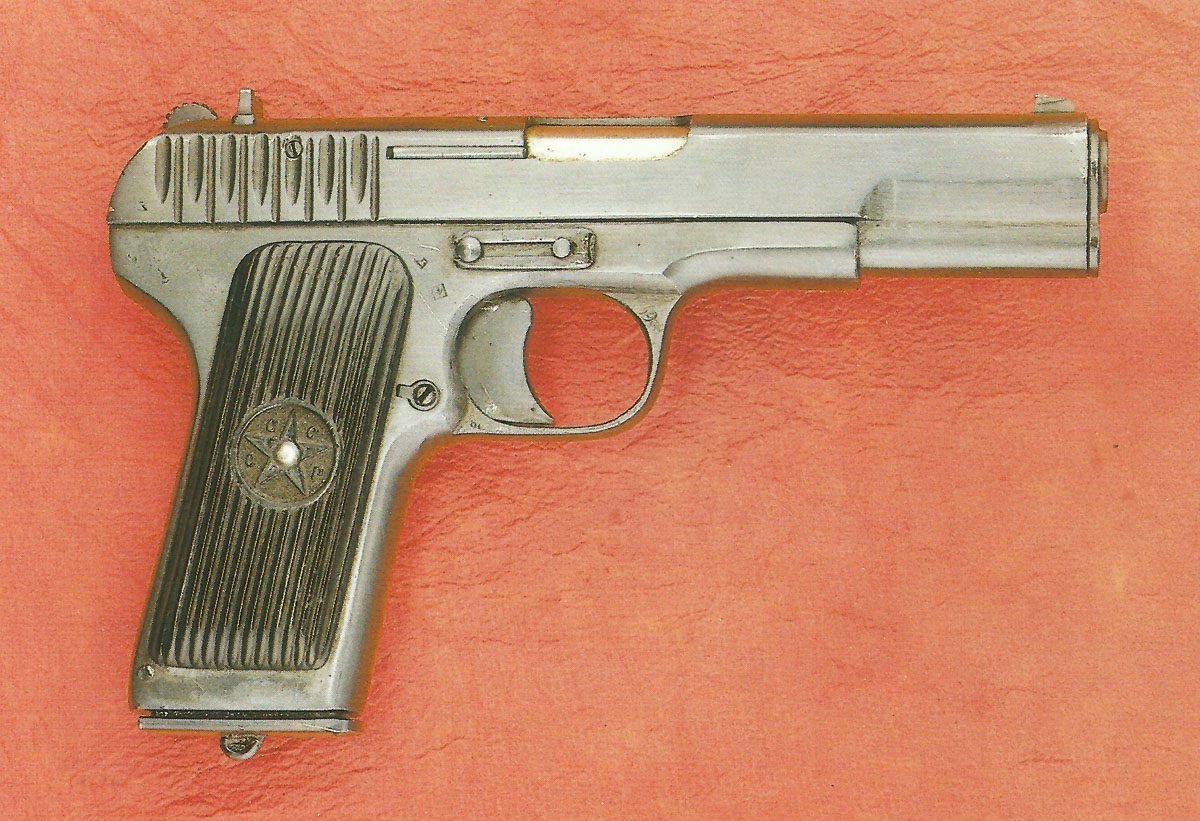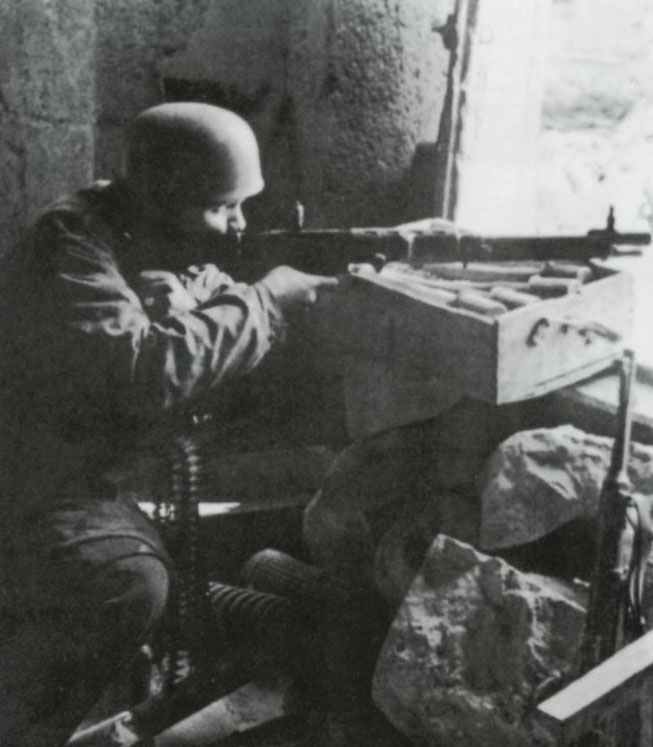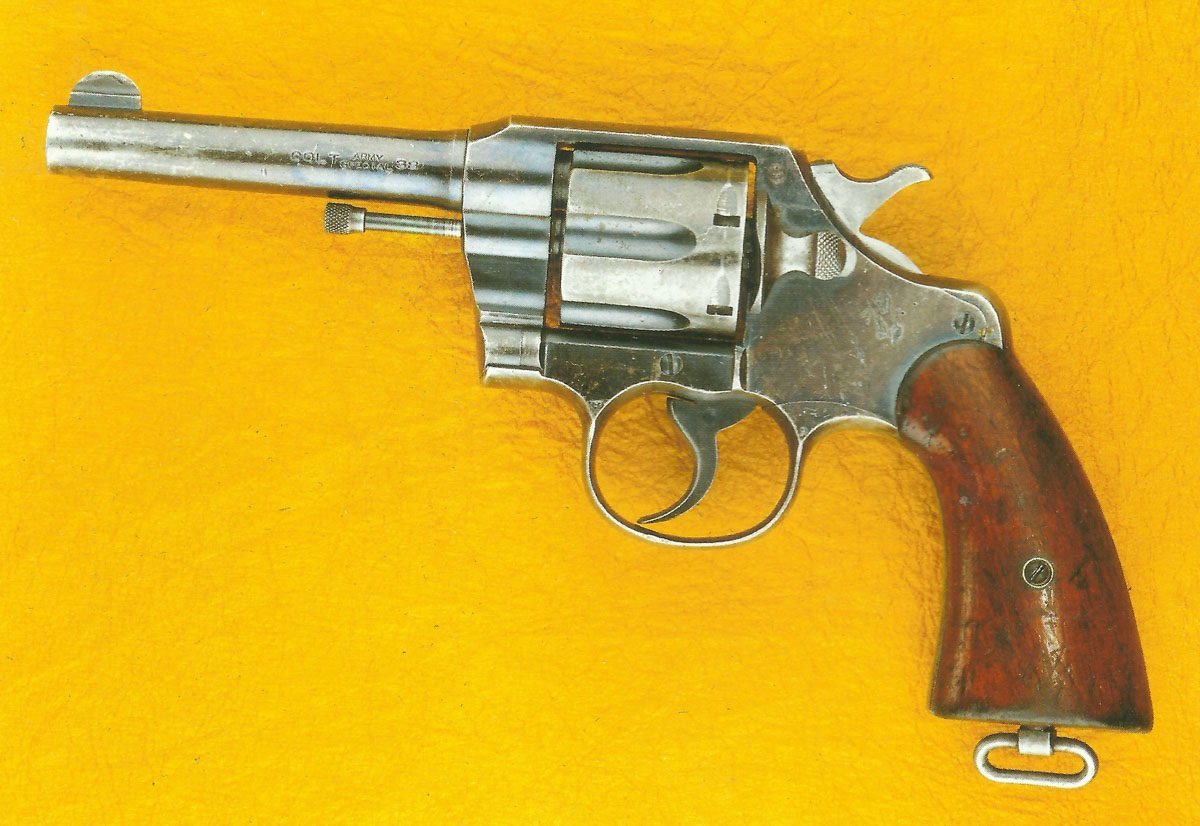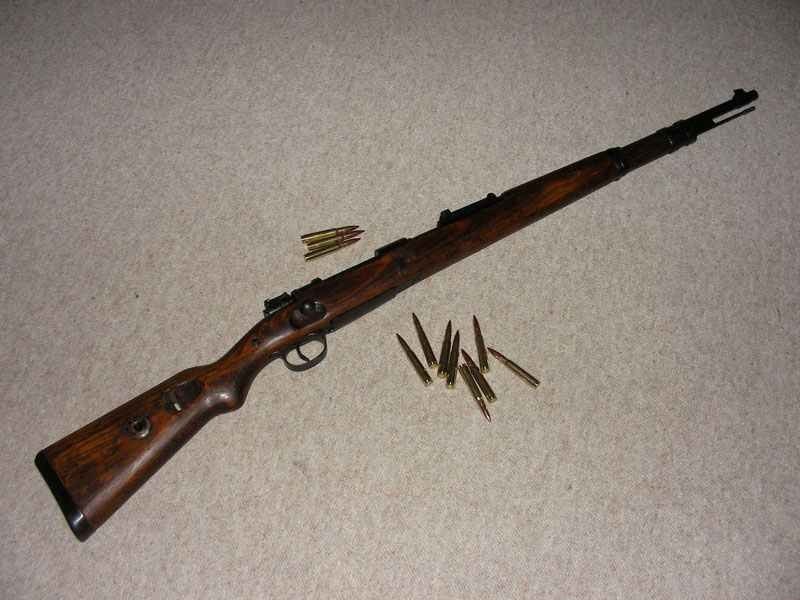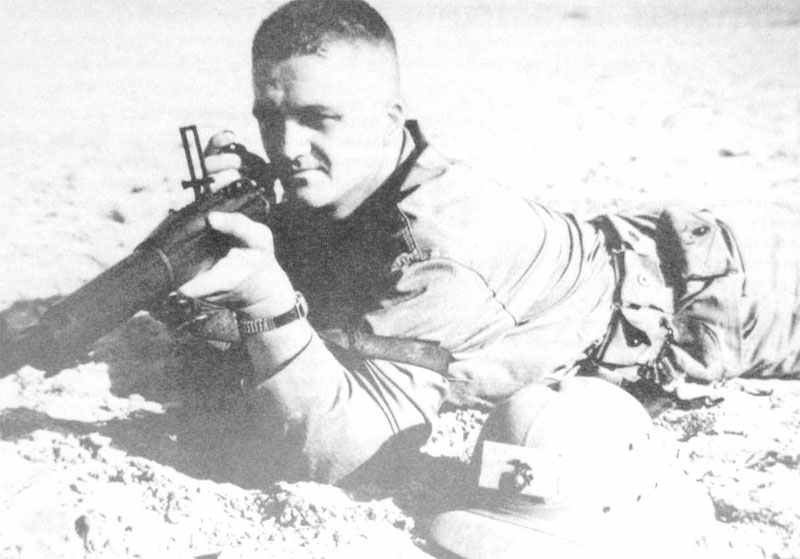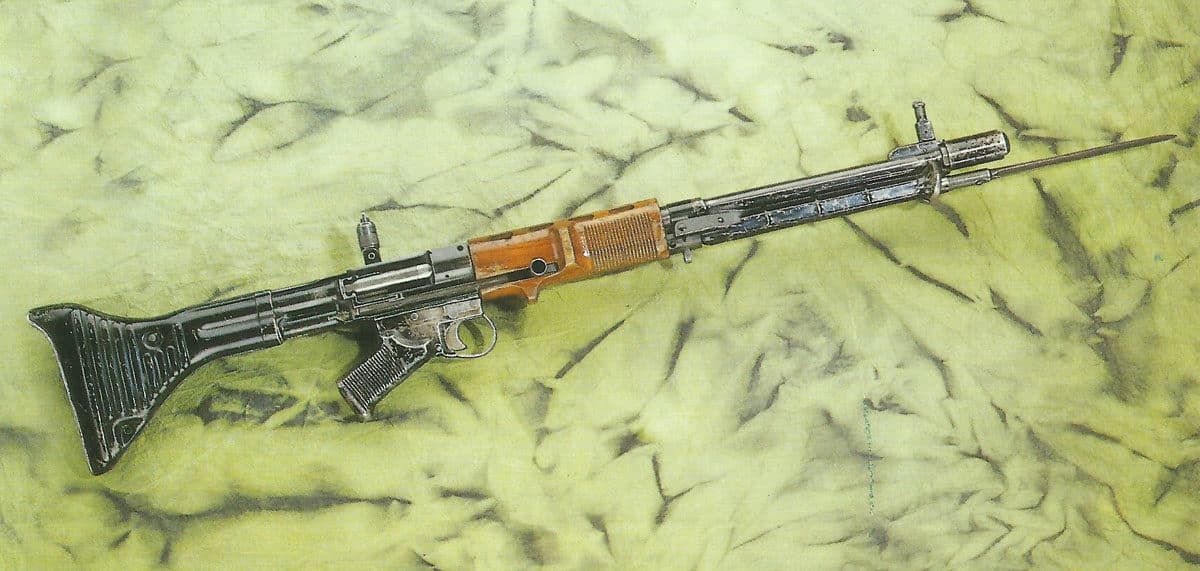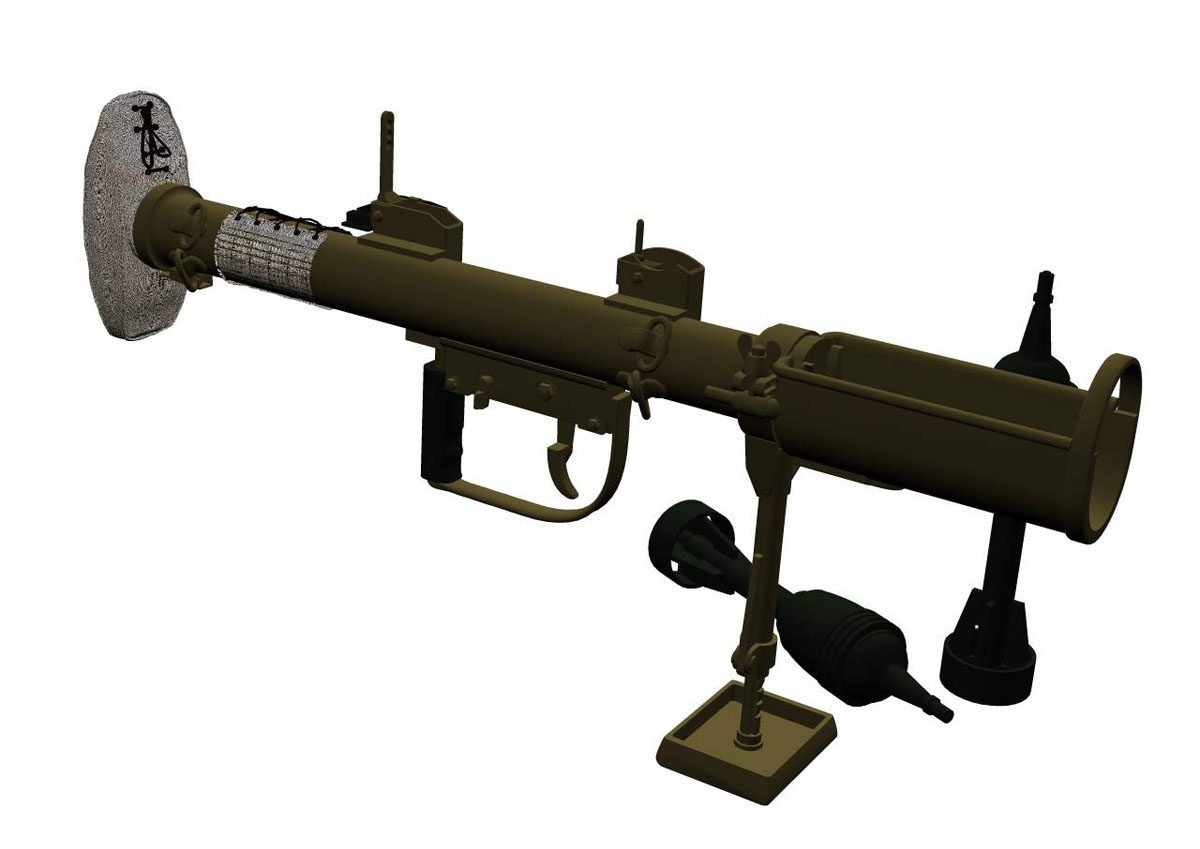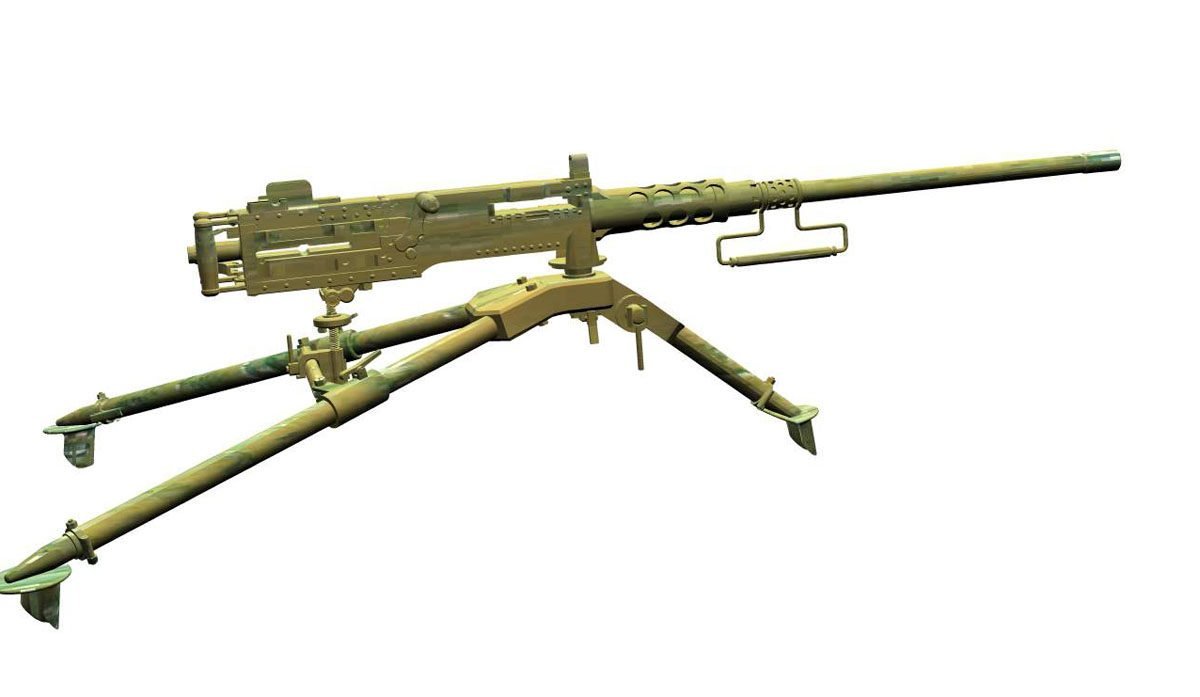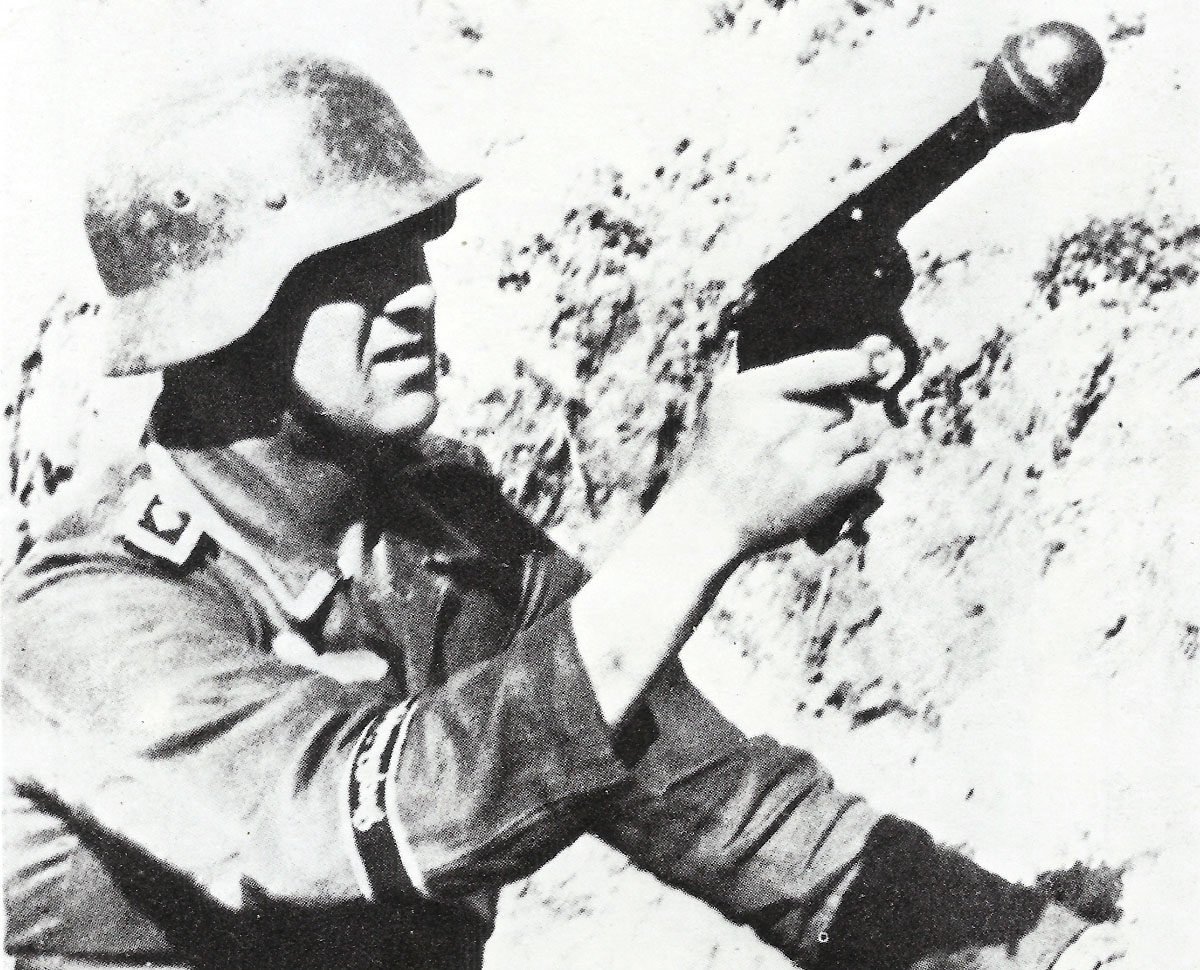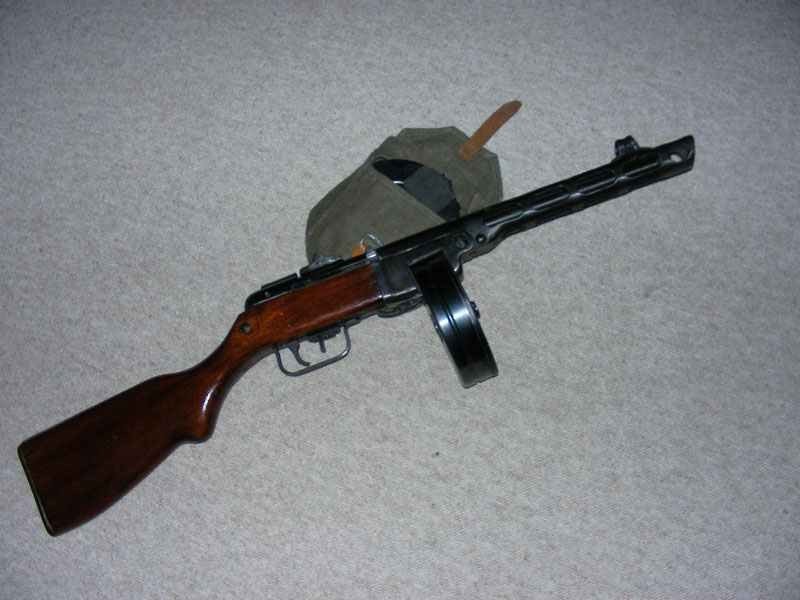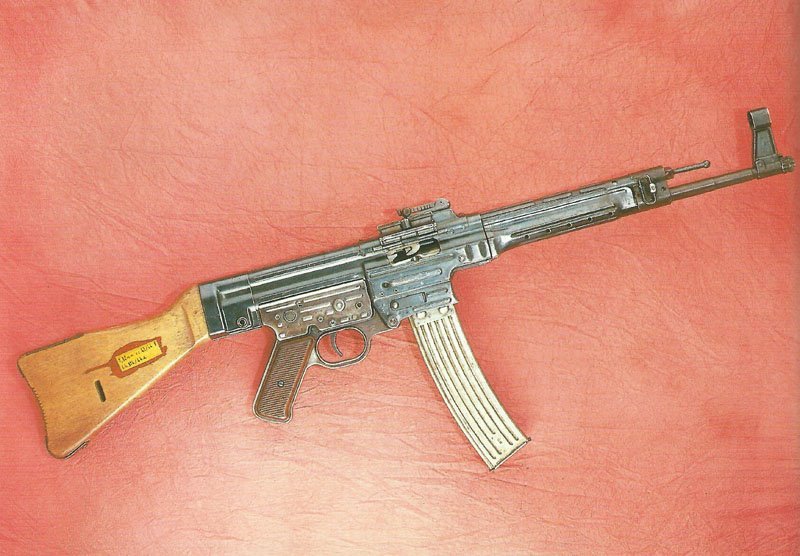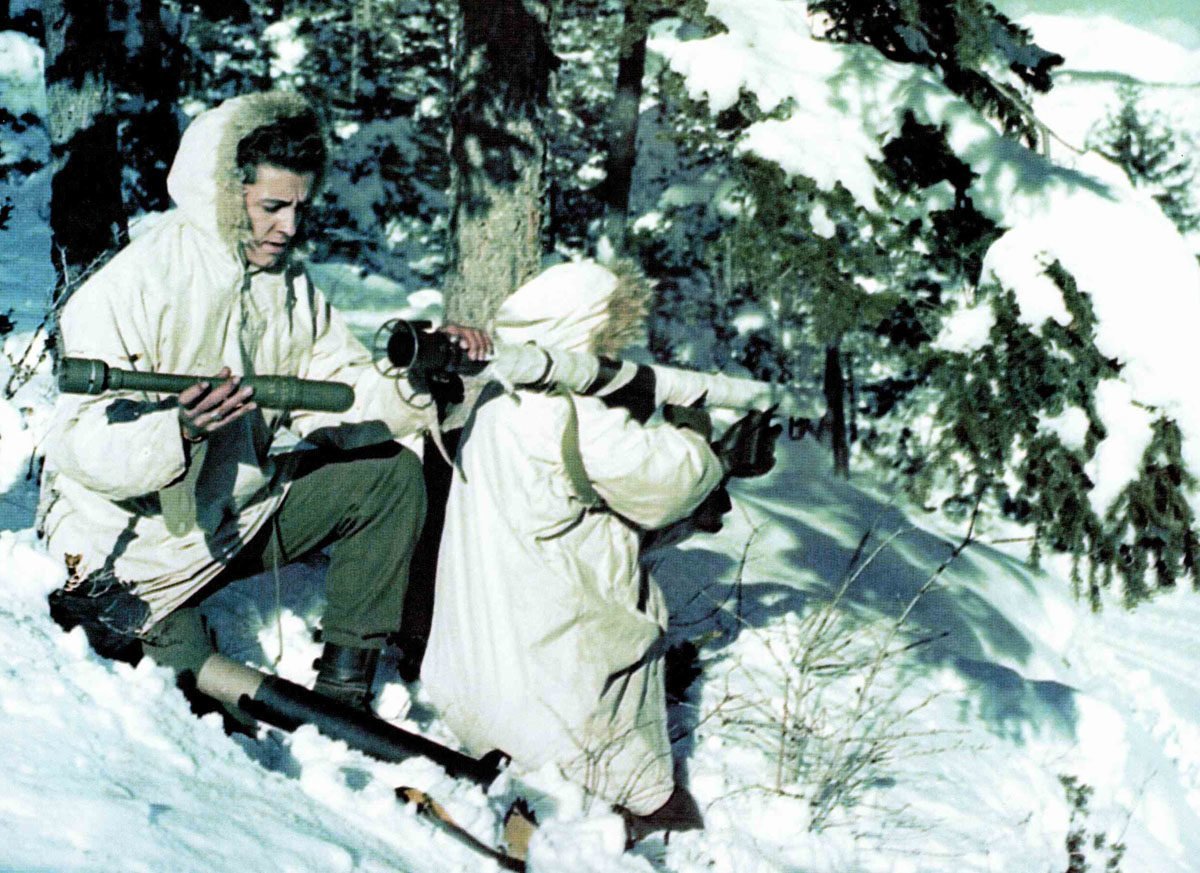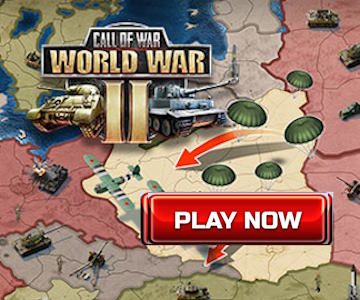Infantry Weapons of World War II.
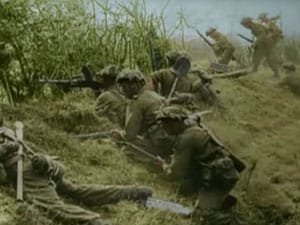
On one side of the level there were the ancient bolt-action firearms which had been being used since well before World War One ; as well as the opposite were the modern self-loading or automatic weapons that finally resulted in the earliest of just what are currently called assault rifles. There were not one of the second operating when the WW2 began in 1939, but as World War 2 continued the initial functional types of such firearms arrived on the scene operating.
These types of weapons offered the infantryman a significantly improved firepower ability, however it wasn’t prior to the real assault rifles appeared from around 1943 onwards that the complete massive step coming from the steady but very slow single shots of the bolt-action firearm to the full automatic fire of the assault rifle was completely recognized. The bolt-action guns were generally good and reputable firearms, however they were missing the shock effect of an assault gun fired in the fully automatic mode.
Thus, WW2 was a war of adaptation for the common infantryman. When WW2 began, typically all he had available was a bolt-action firearm of a well-tried however usually aged design. The moment the war was over each individual soldier had no less than a foretaste of what the future had in look available as the assault rifle. There were several strange digressions on the way, like the under powered US Carbine M1 as well as the brilliant but complicated German FG 42. Some armies, for example The United Kingdom, didn’t make the changeover and depended upon the Lee-Enfield bolt-action rifles all the way through, however the progress towards the self-loading or assault rifle continued to be there.
Organization and Equipment of a German Infantry Division
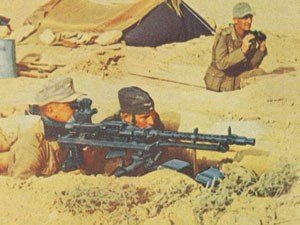
The most important formation in the German Army was the division which could be one of five basic types: infantry division, motorized infantry division, panzer (armored) division, light division and mountain division.
Infantry divisions had been raised in Wellen (waves) and the divisions of each wave varied to some extent in size, organization and equipment carried, depending upon their purpose and the availability of men and materials. The 35 divisions formed as part of the original ‘wave’ had a total strength of nearly 18,000 men each while those of the next wave were about 15,000 men strong. Divisions formed in the third and fourth waves had considerably less artillery support than the earlier formations.
[amazon_link asins=’0917218671,0785829318,1445642204′ template=’ProductGrid’ store=’wwto-20′ marketplace=’US’ link_id=’3e56e2d1-fe7c-11e6-b513-8bacd4ebb8c0′]
The division comprised three infantry regiments (each of approximately 3,000 men) and one artillery regiment plus supporting divisional units. Contrary to the practice in most armies, the engineer battalion and the reconnaissance Abteilung where combat units, and, being equipped with flamethrowers and anti-tank guns, often led assaults on enemy positions. The Abteilung was a unit of varying size, between the regiment and the company, battery or squadron. It approximated to the British battalion, artillery regiment or tank regiment.
Another feature of the German Army was the decentralization of heavy weapons within the division so that each regiment had its own anti-tank and infantry gun company.
The regiment possessed its own headquarters with a staff company and signals, bicycle and engineer platoon. In the battalion there were three rifle companies (about 180 men with an anti-tank rifle squad); a machine-gun company with three machine-gun platoons (12 men and two heavy machine guns each), and a heavy mortar platoon of three sections each with 19 men and two 8.1 cm mortars. The division of the battalion into one machine-gun and three rifle companies was the pattern in the first wave divisions while in later waves there were four ‘mixed’ rifle companies.
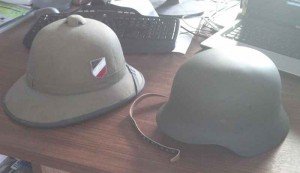
The firepower of a regiment was as follows: 26 heavy machine guns, 85 light machine guns, 18 x 8.1 cm mortars, 27 x 5 cm mortars, 12 x 3.7 cm anti-tank guns, 6 x 7.5 cm inf guns, 2 x 15 cm inf howitzers.
The artillery regiment was divided into three field artillery Abteilungen each with three four-gun batteries of 10.5 cm gun-howitzers. The medium artillery Abteilung was originally a non-divisional unit attached to the artillery regiment, but later became an integral part of first wave divisions.


